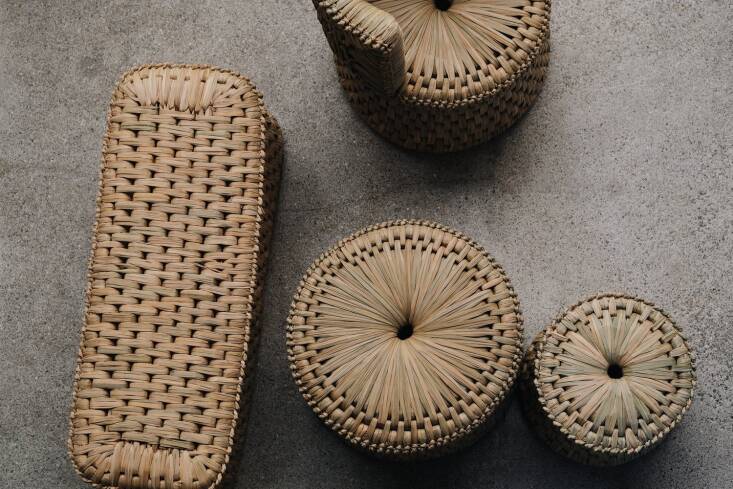Recently, I wrote about a chic Brooklyn condo for Remodelista (see Industrial Revolution: A New Red Hook Condo In Tune with the Neighborhood’s History). Among the many cool pieces of furniture in the home was one particular standout: an appealingly rustic, cushion-y woven chair.
Turns out it’s part of the “Icapalli” Tule Collection (icpalli means a throne in Aztec culture) by txt.ure for high-end Mexican furniture brand Luteca—and Remodelista wrote about back in 2017. Each piece features handwoven tule (Schoenoplectus acutus, a giant species of sedge), using a technique that dates back to the Mayan civilization. After a successful Kickstarter campaign, txt.ure built a workshop and began training indigenous craftspeople to make the pieces.
Here’s a look at the modern collection with an ancient history.
Photography via Luteca, unless otherwise noted.





See also:
- Object of Desire: A Tulipière for Every Season
- Object of Desire: The Indoor/Outdoor Desert Chair from Ferm Living
- Object of Desire: Fluted Terracotta Planters by Billy Cotton












Have a Question or Comment About This Post?
Join the conversation (0)